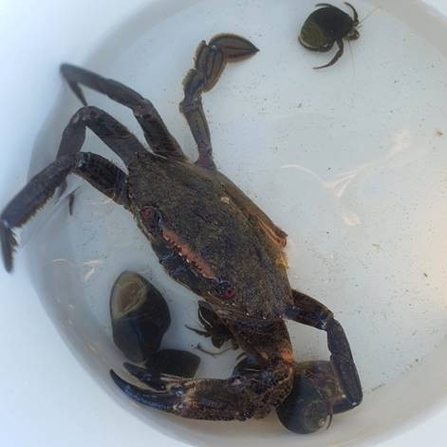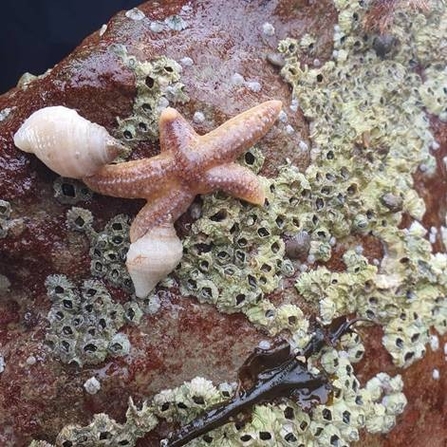As we trudge along the rocky shore our eyes are often drawn down to the glittering pools hidden amongst the rocks. Many people see the pool and think nothing more of it, but they are actually tiny ecosystems supporting an abundance of marine life.
From scuttling Hermit Crabs (Pagurus bernhadus) to swaying seaweed like Bladderwrack (Fucus vesiculosus), the pools offer a haven for so many unique species.
So much life can be found in these strange habitats!
Whether you are a rockpool enthusiast or an occasional toe dipper, I can guarantee that we all underestimate the importance of the pools. Some are shallow where some can be deeper than you think.
On a recent trip to our spectacular coast, I had the pleasure of spending several hours investigating the rockpools. And what I found was like an alien world!
Just under the surface of the water there was a pair of red eyes staring back at me, the eyes of the Velvet Swimmer Crab (Necora puber). It was hiding under a rock and in amongst some Saw Wrack (Fucus serratus) a type of seaweed commonly found on the Northumberland coast.



